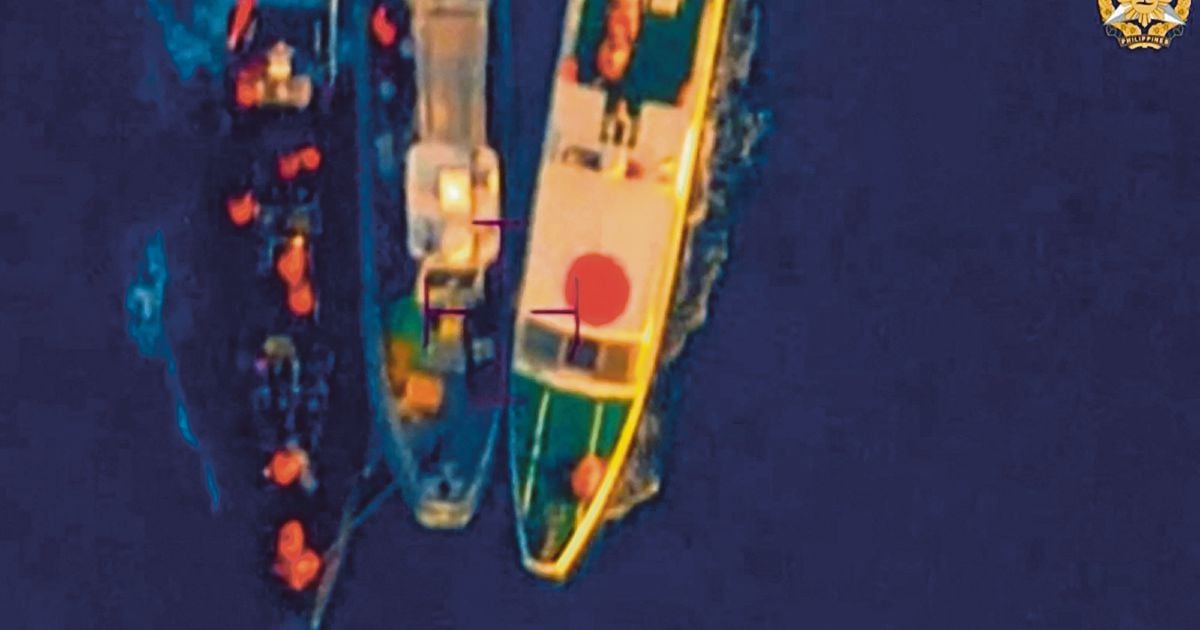CHINESE Premier Li Qiang was in Kuala Lumpur recently for celebrations marking 50 years of diplomatic ties between our two countries.
The premier’s presence underscores Beijing’s gratitude for Malaysia being the first Southeast Asian country to recognise the People’s Republic of China.
But, a rather less auspicious confrontation was taking place off the Philippines between the Philippine navy and Chinese coast guard.
The show of force in the South China Sea (SCS) fortunately resulted in nothing more serious than a Philippine sailor losing a thumb. But it was serious enough for the United States Seventh Fleet to show up in Manila Bay afterwards, in solidarity with the Philippines.
Tensions between the Philippines and China have been simmering for a while, primarily over China’s so-called nine-dash line, which marks out almost the entire SCS as China’s, never mind that it cuts into the territorial seas and exclusive economic zones of several countries in the rgion, including Malaysia.
The maritime disputes are untenable for all countries involved, but short of one party conceding (disputes over island chains such as the Spratlys are a different matter since they involve overlapping claims by more than two countries), there are no obvious ways out.
The Philippines did take its dispute with China to the International Court of Arbitration and won. But China did not participate and refused to recognise the ruling, which came just as Rodrigo Duterte was taking office as Philippine president.
There were hopes of a more creative solution to the dispute as Duterte committed to “set aside” the arbitration ruling in favour of diplomacy with Beijing.
An energy-hungry Philippines was probably more eager than other SCS claimants to exploit the oil and gas reserves off its coast. Thus, Duterte initiated negotiations with China to jointly explore and recover the potential underwater hydrocarbon riches.
The talks went nowhere and Duterte was forced to call them off near the end of his term in 2022. It was under such an unpropitious cloud that Ferdinand Marcos Jr took over the presidency and U-turned from Duterte’s tack in relations with China.
Despite an early Beijing trip at the start of his presidency where he apparently saw little hope of salvaging things, Marcos then decided to fall back on his country’s accustomed diplomatic posture: beefing up its military alliance with the US.
We are witnessing today the tension-filled stalemate in Sino-Philippine relations. Expect more turbulence and occasional flare-ups as both countries seek to press whatever advantages they may see.
Both countries know it is foolhardy to provoke a more serious confrontation that may invite more serious entanglements between China and the US.
The best that may be hoped for may be a tense peace punctuated by occasional sound and fury as both militaries bare their teeth.
China must have made the cold calculation that of all the claimant countries they face, the Philippines is the prime candidate to be made an example of.
If Western democracies are only now facing up to their vulnerabilities to outside political interference, the Philippines’ own rambunctious democracy poses perhaps rather unique opportunities for external interference.
Philippine Vice-President Sara Duterte has just signalled a clear break with Marcos by resigning from his Cabinet and announcing that her father, the former president, and his two sons will vie for seats in the Philippine Senate next year.
Expect relations with China to be front and centre even if Beijing abjures from overt or covert intervention in Philippine politics.
The writer views developments in the nation, region and wider world from his vantage point in Kuching
© New Straits Times Press (M) Bhd

